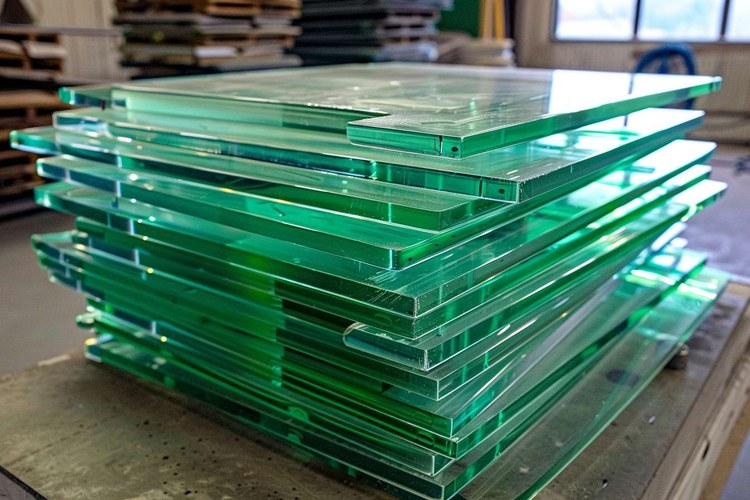A Complete Guide to Choosing Polycarbonate Sheets: Types, Thickness, and Light Transmission
Polycarbonate sheets are versatile building materials that combine durability with excellent light transmission properties. These thermoplastic products have revolutionized construction and DIY projects, offering alternatives to traditional glass in applications ranging from greenhouse covers to architectural skylights. Understanding the key factors in selecting the right polycarbonate sheet ensures optimal performance for your specific needs.

Which Type of Polycarbonate Sheet Best Suits Your Structure?
Polycarbonate sheets come in several varieties, each designed for specific applications. Solid sheets offer maximum clarity and strength, making them ideal for security glazing and machine guards. Multiwall sheets feature internal chambers that enhance insulation properties, perfect for greenhouses and roofing. Corrugated sheets provide additional structural strength and are commonly used in industrial roofing applications. For specialized needs, textured or frosted sheets offer privacy while maintaining light transmission.
What Thickness Should You Choose for Strength and Insulation?
The thickness of polycarbonate sheets directly impacts their performance characteristics. Sheets typically range from 2mm to 16mm, with specific applications for each:
-
2-3mm: Light-duty applications like basic glazing
-
4-6mm: Standard greenhouse panels and carports
-
8-10mm: Commercial roofing and heavy-duty applications
-
12-16mm: High-performance insulation requirements
Thicker sheets provide better impact resistance and thermal insulation but come with increased weight and cost considerations. For multiwall sheets, the number of walls also affects insulation properties, with triple-wall versions offering superior thermal performance.
How Much Light Do Different Sheets Let Through?
Light transmission varies significantly between different types and tints of polycarbonate sheets:
-
Clear solid sheets: 88-92% light transmission
-
Bronze or gray tinted: 50-75% light transmission
-
Opal or diffused: 45-85% light transmission
-
Multiwall sheets: 55-80% depending on structure
Consider your specific needs when selecting light transmission levels. While maximum light might be crucial for greenhouses, reduced transmission could be beneficial for covered walkways or patio roofing to prevent excessive heat buildup.
Comparing Popular Polycarbonate Sheet Options
| Type | Structure | Light Transmission | Typical Applications |
|---|---|---|---|
| Solid Clear | Single layer | 88-92% | Security glazing, Machine guards |
| Twin-wall Clear | Double layer | 80% | Greenhouses, Conservatories |
| Triple-wall | Triple layer | 75% | Commercial roofing |
| Corrugated | Single wave | 85% | Industrial roofing |
Prices, rates, or cost estimates mentioned in this article are based on the latest available information but may change over time. Independent research is advised before making financial decisions.
The selection of the right polycarbonate sheet depends on carefully balancing these various factors against your specific requirements. Consider the structural needs, environmental conditions, and performance expectations when making your final choice. With proper selection and installation, polycarbonate sheets provide long-lasting, efficient solutions for a wide range of applications.




